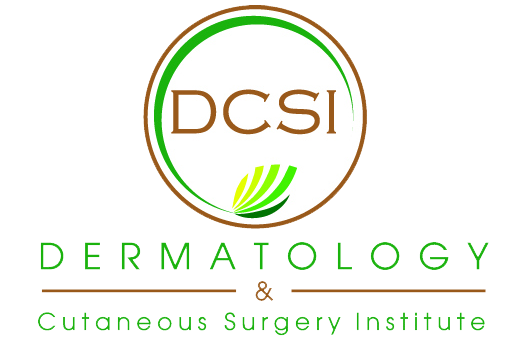Vein Therapy
Over the last decade, endovenous ablation has become the standard in treating varicose veins and venous insufficiency. If you are seeking a cosmetic dermatologist in Palm Beach for varicose vein treatment, Dr. Mounir Wassef has the experience and expertise to close the saphenous vein and decrease the visibility of the veins that cause you discomfort.
Varicose Veins
Varicose veins are enlarged veins that can be blue, red, or even the same color as your skin. They look like cords and appear to be twisted and building. These veins are often raised above the skin due to swelling.
You may find varicose veins on:
- The back of the thighs
- The back of the calves
- The insides of the leg
- The buttocks
- Around the vaginal area (due to pregnancy)
Spider Veins
Spider veins look like varicose veins, but they are smaller. These veins tend to be closer to the surface of the skin and are a red or blue color. Spider veins got their name because they seemingly resemble spiderwebs. They come from weak or damaged valves in your veins.
You may find spider veins:
- On the legs
- On the face
- Due to hormonal changes
- After exposure to the sun
- After injuries
What is Endovenous Ablation?
Endovenous ablation is the treatment for closing the saphenous vein in the leg. This treatment can be performed with either laser or radiofrequency technology.
A flexible tube or thin catheter is inserted into the vein through a very small puncture in the skin. The vein is then treated with a laser or radiofrequency though the catheter. This will cause the vein to close. Over time, the vein will turn into scar tissue and resume a more normal appearance.
Endovenous laser treatment is a minimally invasive approach to treating abnormal veins, taking the surgical procedure out of the operating room and into the medical dermatology clinic.
At the Dermatology & Cutaneous Surgery Institute, we offer two types of cosmetic dermatology procedures to treat these veins.
ClosureFast
The ClosureFast procedure to treat leg veins is also known as radiofrequency ablation. During the process of ClosureFast, tumescent anesthesia is a numbing solution that is placed around the vein. Under ultrasound guidance, a wire and catheter are inserted into the vein. Heat energy is then delivered to the vein to shrink and close it down. While the vein is being heated, the patient does not feel any pain. It takes about 30 minutes to perform the ClosureFast procedure.
As with many vein procedures, the leg is bandaged upon completion. The healing process is quick, as patients are encouraged to return to daily activities immediately. Most patients are able to return to work the next day with minimal soreness.
This radiofrequency procedure is approved by the FDA and is covered by medical insurance plans and Medicare.
VenaSeal
The VenaSeal method is essentially a “superglue” treatment used to permanently treat vein abnormalities. During the VenaSeal process, an adhesive (the same one that was originally used to treat brain disease) is used to close off diseased veins. Unlike ClosureFast, which requires heat, VenaSeal requires only one small needle stick. There is no anesthesia used around the vein, reducing the post-procedure side effects. There is also no need to wear compression stockings after this procedure.
The healing process after VenaSeal is quick, while patients can return to normal daily activities immediately, with no pain and no bruising.
This procedure is approved by the FDA but it is not currently covered by medical insurance. Patients who choose VenaSeal pay out of pocket. If you are interested in a procedure for your veins that is covered by insurance, ClosureFast may work better for you.
Scheduling an appointment with Dr. Wassef is the first step towards treating the abnormal veins that are bothering you. For more information on our vein therapy and cosmetic treatments in Wellington and Delray, contact Dermatology & Cutaneous Surgery Institute today.

